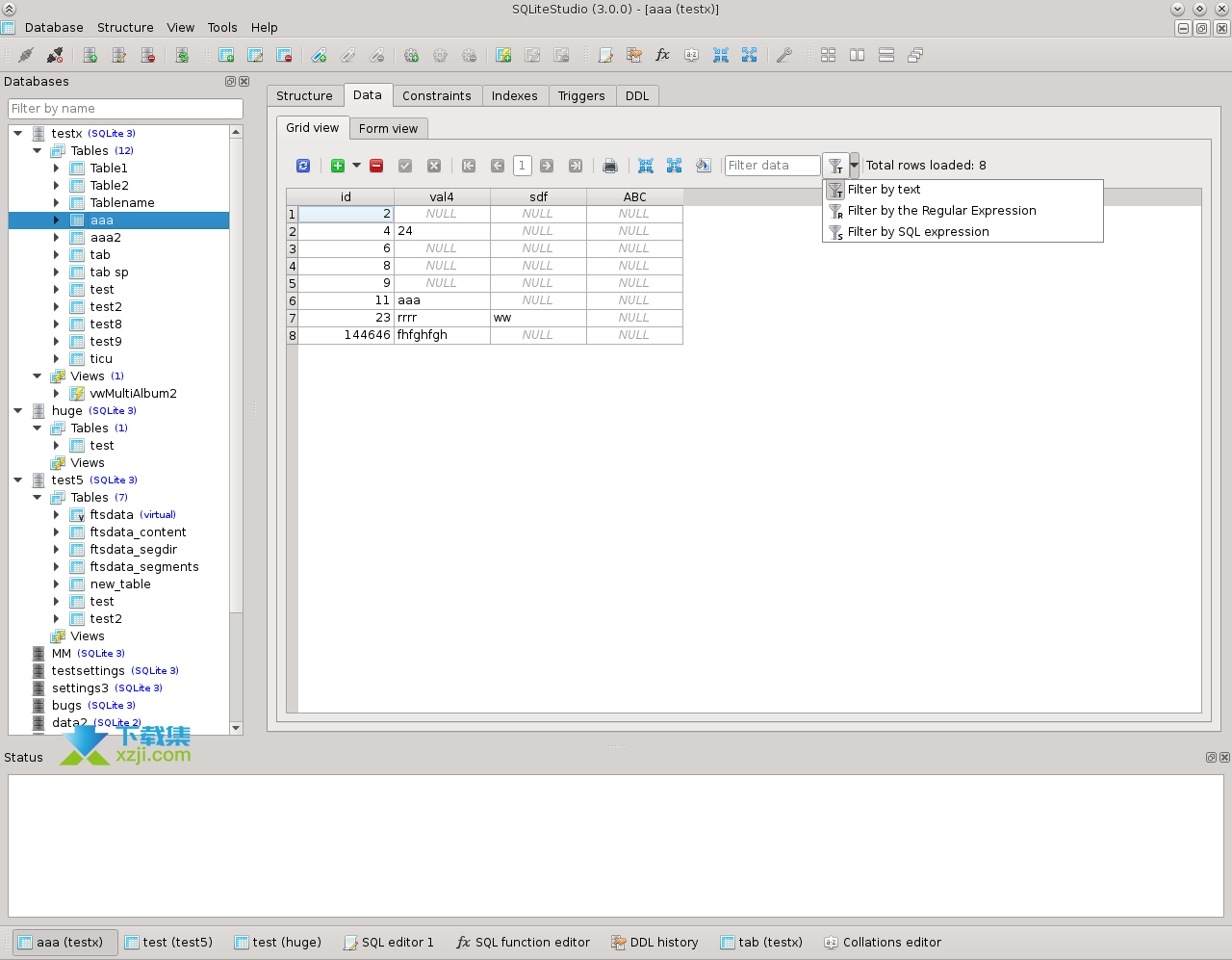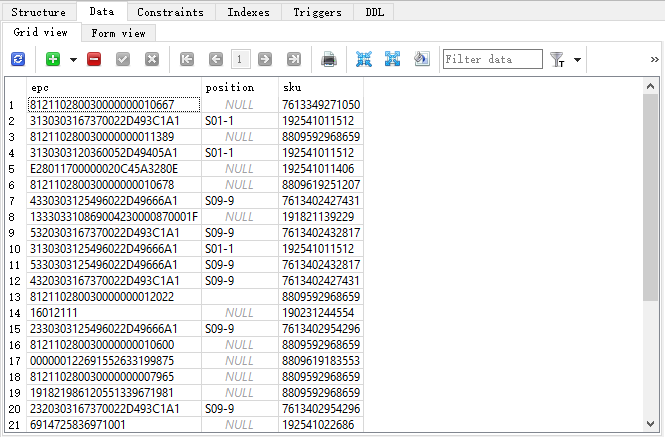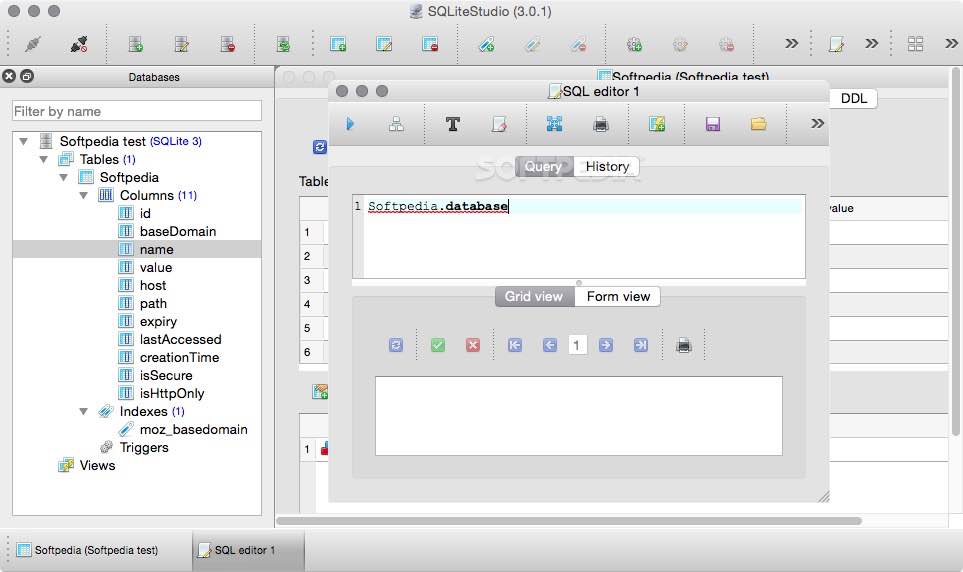
#SQLITESTUDIO STRUCTURE DOWNLOAD#
Step five, download the database visualization software, to help us Open contacts2.db, see the table structure, here I recommend the use of Sqlitestudio, attached download link: Link address Step four, select Contacts2.db, and in the upper-right corner of the file Explorer, select the Export key to import the CONTACTS2.DB database to your computer. Step three, open the file browser, and under this directory data->data->->databases, Locate the database: contacts2.db, note: If you want to export the CONTACTS2.DB database on the real machine, the real machine must be root to export, or the Data directory layer will not open. Step two, bring up the file Explorer (from the toolbar, open Windows->show View, other-Android-> File explorer): Step one, open Eclipse and run the emulator
#SQLITESTUDIO STRUCTURE ANDROID#
Technical point one: familiar with Android contact database contacts2.dbġ. Gossip not much said, officially started! The purpose of this project is to develop these points: first, the ability to exercise independent development projects, second, to increase the understanding of Android development, third, familiar with the Android address Book mechanism.
#SQLITESTUDIO STRUCTURE CODE#
Note: All source code of this development project will be shared to everyone. The system structure diagram is as follows: The final price may be anycodings_sqlite the result of numerous and complex anycodings_sqlite calculations.Project Description: The project is based on the Android platform phone Address Book, the main module is divided into four parts: contact management module, call records Management module, SMS Management module, System Setup module.

One thing to consider: you may require anycodings_sqlite more flexibility on pricing: it can anycodings_sqlite depend on the client (different rates anycodings_sqlite based on volume) and also on specific anycodings_sqlite circumstances. This is the price that was in force when the sale was made.

You could simply build a view to augment anycodings_sqlite your table a little bit. If anycodings_sqlite an earlier version of SQLite attempts to anycodings_sqlite read aĭatabase file that contains a anycodings_sqlite generated column in its schema, thenĪnycodings_sqlite that earlier version will perceive the anycodings_sqlite generated column syntax as anĮrror anycodings_sqlite and will report that the database schema anycodings_sqlite is corrupt. Generated column support was added with anycodings_sqlite SQLite version 3.31.0 But you'll need a anycodings_sqlite fairly recent version of SQLite:

SQLite has generated columns (also anycodings_sqlite called expression columns) that are anycodings_sqlite found in other DBMSes.


 0 kommentar(er)
0 kommentar(er)
